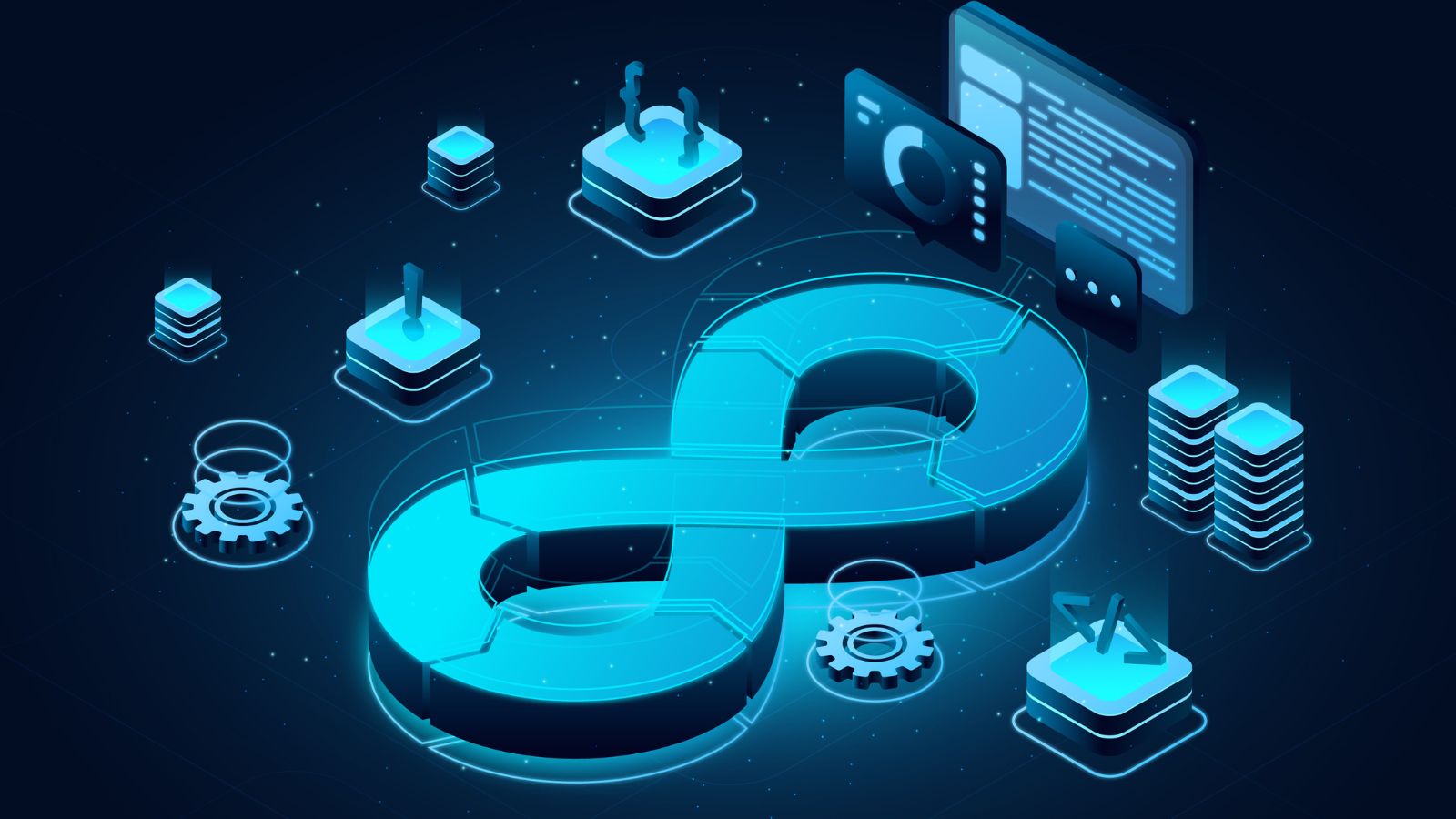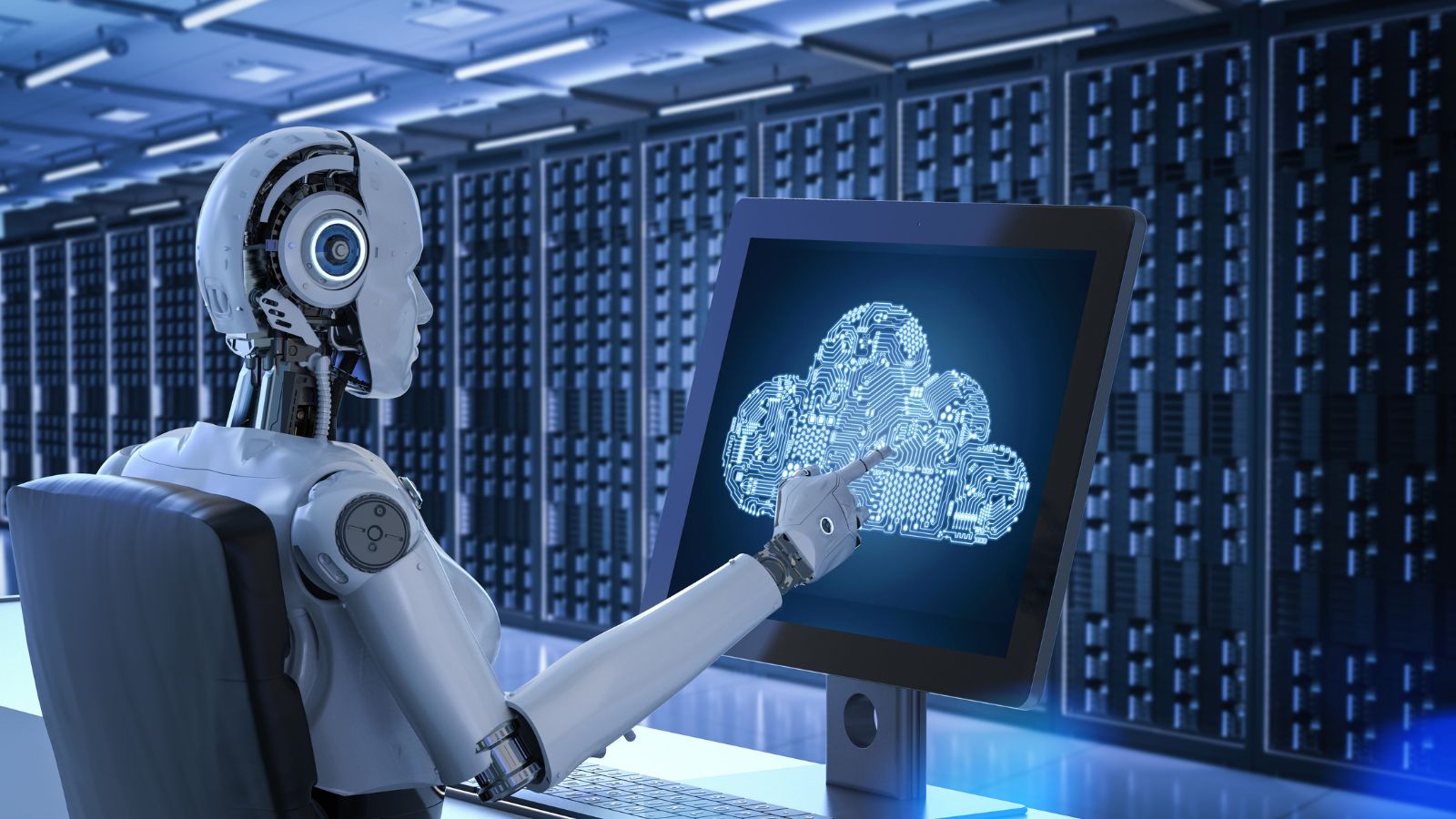What Are the Top 5 Automation Trends for 2023
Being involved in the field of intelligent automation at this moment is exciting.
An increasing number of automation alternatives are becoming available to enterprises, thanks to developments in artificial intelligence and cloud-native capabilities.
Organizations can copy, duplicate, or enhance human operations by combining skills known as intelligent automation (IA), which is why corporations are adapting the best digital transformation solutions.
Robotic process automation (RPA), a tool for automating routine, rule-based operations, has advanced beyond that.
RPA was superseded by intelligent automation thanks to the following characteristics.
1. Through virtual and drag-and-drop interfaces, low-code/no-code development platforms enable the quick design and creation of tiny programs or automation.
2. Using image-based recognition and machine learning techniques to extract the most pertinent information, intelligent document processing (IDP) and optical character recognition (OCR) digitize and index unstructured sources including paper documents, emails, and forms into data and information.
3. Unstructured, semi-structured, and structured information is extracted for additional context-based analysis in natural language processing (NLP), allowing for later modification or application. The NLP has opened the way for conversational AI, sentiment analysis, and contextual analysis to support things like virtual agents and e-discovery.
4. Machine learning (ML) is a branch of artificial intelligence (AI) that gives computers the ability to learn on their own by analyzing data.
Across fundamental software, automation players, and cloud-native platforms, there are now more intelligent automation solutions accessible than ever before to enhance business enablement and increase operational efficiency.
As a result, businesses may increase the number of tools in their top digital transformation services and toolkits to address larger areas of their business processes.
Additionally, because of developments in cloud technology, access to these tools has become simpler.
Due to the ongoing talent scarcity, rising labor costs, inflationary pressures, and rising customer expectations, 2023 has considerable potential for automation.
Therefore, to promote innovation and establish competitive advantages, executives should be abreast of the most recent automation trends and technology.
The tendencies for next-generation evolutions, capability convergence, market fragmentation, consolidation, and collaborations that we have discovered for intelligent automation are listed below.
Types Of Automation
1. Hard automation, or fixed automationIt features an ongoing workflow, predetermined duties, a high entrance barrier, and high-volume output.
2. Programmed automationThis kind is related to batch manufacturing and is effective for creating many units, from dozens to thousands.
3. Flexible automationIt requires less human contact, has less downtime, and produces a wider range of commodities on a single machine or production line.
4. Integrated automationAs Industry 4.0 technologies advance, production lines and autonomous machines may exchange information across a network, giving them more flexibility as they transition to on-demand manufacturing and higher levels of customization.
Top 5 Automation Trends for 2023
1. Consumers' rising need for convenience
Consumer expectations for easy and quick deliveries are changing across sectors.
To attract users and strengthen their market position, service providers are increasingly using automation technologies.
Currently, any technologically driven process that is started by a user or customer's action or inaction is considered to be automated in e-commerce.
For instance, some emails or advertisements are triggered to be delivered to certain target audiences in marketing or branding.
Orders in fulfillment cause communications, such as "clearance sale" alerts, to be sent to the user to assist in managing inventory.
E-commerce businesses may improve revenue by up to 10% and save costs by up to 25% when their customers are satisfied.
Business owners look for creative methods and the best digital transformation services to be quick and nimble in order to stay competitive in the market.
Automation facilitates the scheduling of sales campaigns and makes it possible to track purchases, eliminate discontinued items, personalize awards, change pricing, apply discounts, automate the notification of new product releases, etc.
Using 5G, data-driven operations may take the role of incident-driven operations.
It also starts a lot of machine-to-machine interactions, initiates processes, and leads automation that is human-triggered toward outcomes.
Network slices will also have SLA delivery mechanisms once network slicing is a reality.
The number of touchpoints that require to be regulated has greatly expanded as a result of IoT.
Enterprises must focus on adding automated solutions at every point as they link networks with cloud resources, databases, and software assets to manage their 5G networks and create new 5G products.
2. Integration of automation and a diverse workforce
Artificial intelligence (AI) and robotic process automation (RPA) are technologies that may be used to link a company's short-term goals with a longer-term infrastructure that takes into account the company's new realities.
Automation gives IT support employees the crucial technical assistance they need to work more efficiently and complete more difficult jobs.
Natural language processing (NLP) enables businesses to respond to support issues more rapidly, cut down on wait times, and boost employee productivity in their contact centers.
Additionally, integration RPA is trained to extract critical information to respond to employee needs, merging information from many sources as appropriate, and then utilizing AI to determine how to remedy the problem.
RPA aids IT teams in efficiently resolving problems.
Automation facilitates remote work and reduces security worries.
Businesses have saved millions of dollars by utilizing remote workers.
Furthermore, when workers work from home, their productivity rises by 65%.
Automation may assist IT companies to manage remote workers and safeguard them against information silos.
Automation enables businesses to have the stability and security needed to sustain core operations by bridging the gap between old and new technology.
Whether using SaaS apps or older technology, RPA Workspace assists in removing automation silos across organizational systems and operations.
3. Widespread use of robotic process automation (RPA)
RPA bots can automate 70% of predictable, manual, and repetitive tasks.
It is possible to automate several repetitive business application tasks when you opt for the best digital transformation services company.
RPA and AI may work together to create more complex automation, with AI giving the automated process the necessary context and self-correction.
RPA increases employee productivity by relieving staff members of time-consuming and repetitive tasks.
The adoption of RPA solutions fueled by AI will boost Industry 4.0's effectiveness throughout the value chain.
Service robots have evolved from performing a variety of jobs to taking on the roles of museum assistance, resort concierges, home aids, waiters in cafés and restaurants, autonomous delivery drones, and more by utilizing significant advancements in ML and computer vision.
Robots can use data from smart cities to retrieve information relevant to the task at hand.
On the other hand, robots can help with data collecting by acting as portable actuators and sensors for the smart city.
4. Industry emergence 5.0
The concept of "Industry 5.0" was created by the European Commission (EC) to address the digital transformation of industrial rules to promote innovation.
Robots, IoT, AI, ML, augmented reality, Cobots, digital twins, and other related technologies are the foundation of Industry 5.0, which aims to integrate ecology, industry, and society.
New technologies like 6G Communications, Metaverse, and Quantum Computing are driving Industry 5.0.
The industrial sector will be able to work more swiftly and remotely on products and solutions because of Metaverse's use of digital twins.
Blockchain workflow automation enables businesses to largely depend on transaction- and document-based business processes as they advance their digital transformation.
Blockchain technology and smart contracts do away with the need for intermediaries to enforce contracts, authenticate transactions, or do background checks. combining all these innovations with the management of business processes tools that are ideally suited to working with smart contracts.
A smart contract is more complicated and a component of a wider business process.
Blockchain can create hot deposit addresses and gather all of the money in your primary address (wallet).
5. Automation transformation with machine learning and artificial intelligence
More data is available to businesses than ever before, and tools like AI and ML that help them make the most of the information they have are having a big influence on how much is produced.
Artificial intelligence (AI) refers to a computer system's ability to recognize patterns and make logical deductions that might help manufacturers make data-driven decisions.
Inventory management, a chain of custody visibility, warehousing cost reduction, asset monitoring, accurate forecasting, transportation cost reduction, and many other elements of a manufacturing business may all be enhanced by AI and ML.
Businesses may reduce their consumption of paper and ink dramatically by implementing a cloud-based automation solution.
Customer data that is directly stored in the cloud protects records against potential destruction in the event of a natural catastrophe while doing away with the need for expensive and time-consuming paper filing systems.
Carbon emissions are cut by 84% and energy use is cut by 65% as a result of cloud migration.
To reduce carbon emissions, automation is increasingly using AI and ML.
Going Forward
Given a variety of intelligent automation alternatives and a moving technology landscape, businesses must decide which solutions are best for their company.
They need to take into account their corporate architecture, company strategy, and current technological capabilities.
To avoid creating an architecture of compartmentalized IA capabilities implanted across the organization, they must also make plans that take into account both their immediate demands and those of the future.
Intelligent automation skills are not necessarily compatible with traditional technology sourcing and deployment, especially when utilizing more intelligent capabilities.
It might not always be best to adopt the conventional viewpoint of using just one tool or paradigm.
Companies have the chance to embark on bigger projects and improve their portfolio of digital employees by determining which IA solutions to deploy thanks to new platforms and best-in-class capabilities.
For instance, a corporation can independently verify or jointly strengthen several AI models, depending on the business situation.
Companies that don't investigate intelligent automation run the danger of duplicating and fragmenting their capacity development and losing opportunities to use intelligent automation technology to obtain a competitive edge.
This is true even if navigating the multiplicity of tools and capabilities for automation is hard.
How Can We Help?
We take pleasure in being at the forefront of cutting-edge technology that may assist answer our clients' most urgent operational demands at TransformHub, one of the top digital transformation businesses in Singapore.
Regardless of where you are in your journey, TransformHub takes complete accountability to assist you in choosing the optimal automation strategy or technique.
We would be pleased to discuss our ideas, viewpoints, and ways that we may guide you through the IA environment.
Share this
You May Also Like
These Related Stories

DevSecOps - Understanding the Dynamics of WHAT, WHY, and HOW

How To Automate a Cloud Compliance Platform




